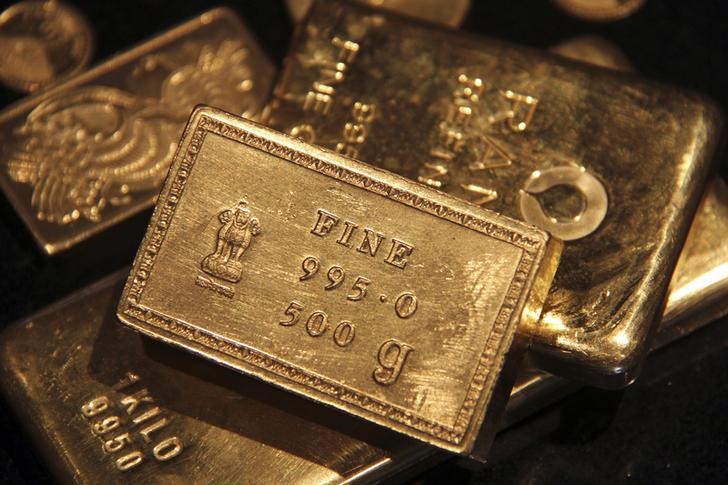By Barani Krishnan
Investing.com - Gold vaulted back to above $1,900 an ounce on Friday, effectively crossing the finishing line for May with a near 8% gain that handed longs in the yellow metal their best return in 10 months.
“Bullion had a good week and while the rally appears to be taking a break, it seems it might only be a temporary one,” said Ed Moya, analyst at online trading platform OANDA.
“The true test for gold will be after the next couple of months of hot inflation reports and if we have some surprising better-than-expected nonfarm-payrolls reports,” he said, referring to U.S. monthly jobs numbers, that have been volatile since February.
One of those inflation reports — Personal Consumption Expenditure — which is the Federal Reserve’s closely-watched gauge for inflation, jumped 3.6% in the year to April, data from the Bureau of Economic Analysis showed.
The higher PCE reading helped gold, which is typically viewed as a hedge against inflation, regain its erratic $1,900 footing.
Gold for June delivery on New York’s Comex settled Friday’s trade up June $6.80, or 0.4%, at $1902.5 an ounce.
The more active Comex gold contract for August also rose $6.80 on the day to settle at $1,905.30.
For the week, both contracts were up about 1%, while for the month, they rose about 8% — the biggest monthly gain since July 2020.
All things being equal, a higher inflationary environment is good for gold, which is seen as the best store of value in times of both financial and political trouble.
Yet in recent months, gold’s rivals, the dollar and U.S. bond yields, have rallied instead on signs of ramping inflation, as investors bet the Fed will hike rates faster than anticipated — something the central bank has sworn against. Such speculation triggered sell-offs in gold that sent it to a near 11-month bottom of under $1,674, before a retreat in yields and the dollar helped the yellow metal claw its way back to $1,900.
The Fed acknowledges the price pressures arising from bottlenecks in U.S. supply chains struggling to cope with demand in an economy reopening after months of pandemic-suppression.
The Fed has targeted an annual inflation of 2% over the past decade but it has barely met that goal, with critics attributing the mismatch to the central bank’s dogged following of the PCE — a tame indicator stripped of food and energy costs, the most volatile components of inflation.
On the other hand, the CPI, which includes food and energy components, registered a 4.2% growth in April for its largest increase in almost 13 years after intense cost increases in an economy rapidly recovering from the coronavirus pandemic.
Prices of almost everything, from houses to the lumber that goes into building them, soared in recent months, scaring economists into believing that inflation growth in 2021 could be the highest in 35 years.
